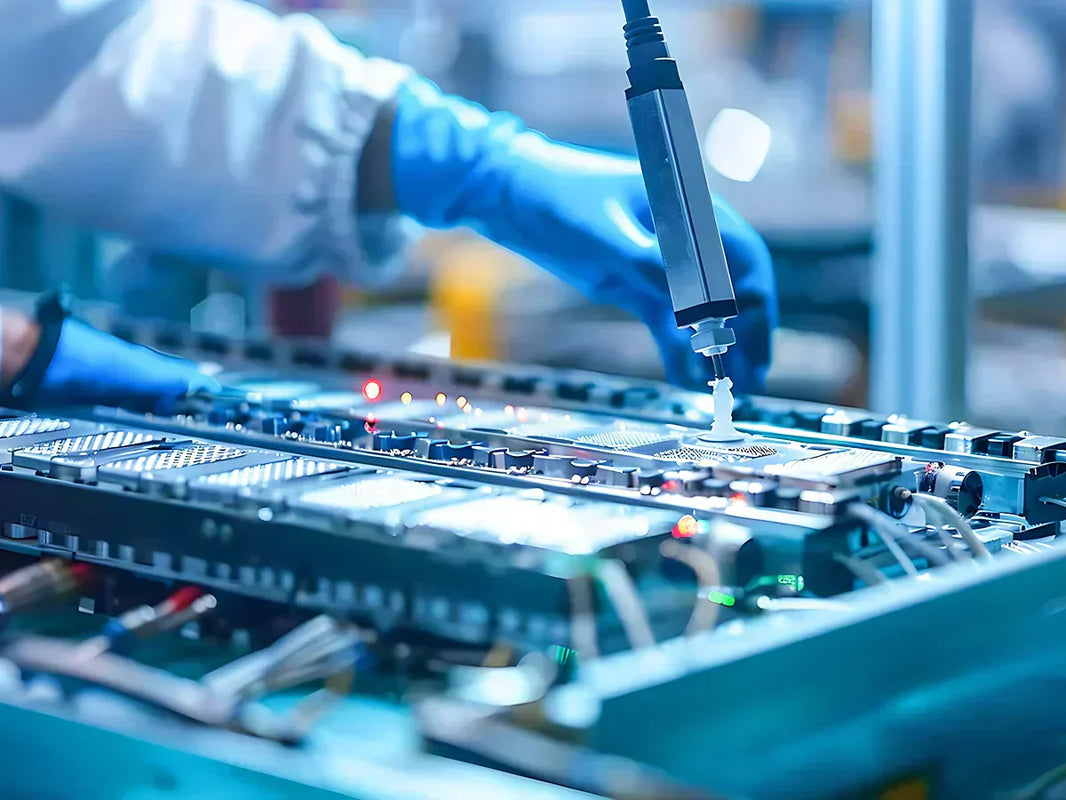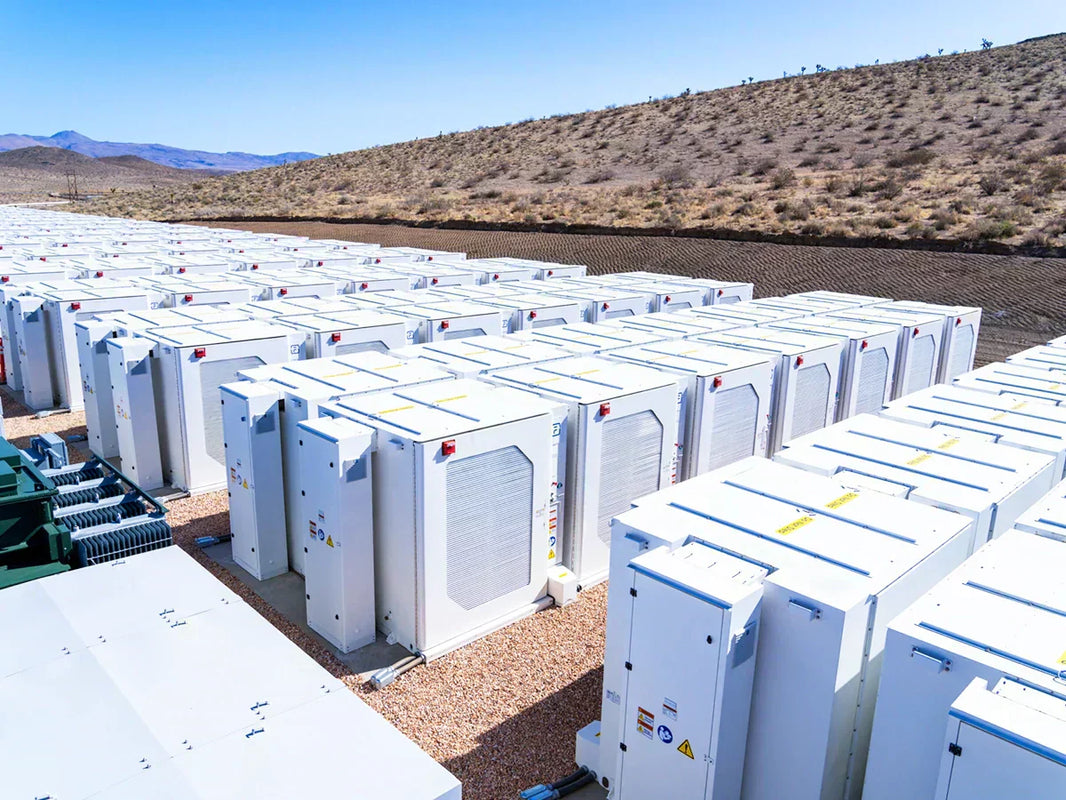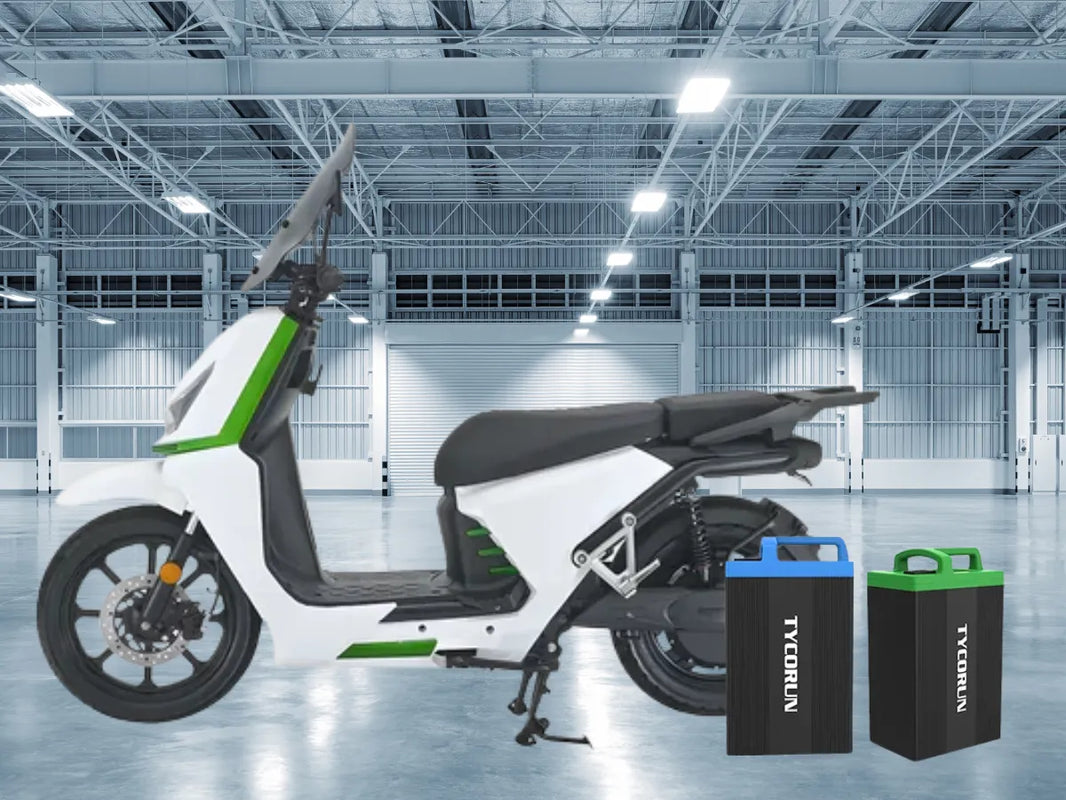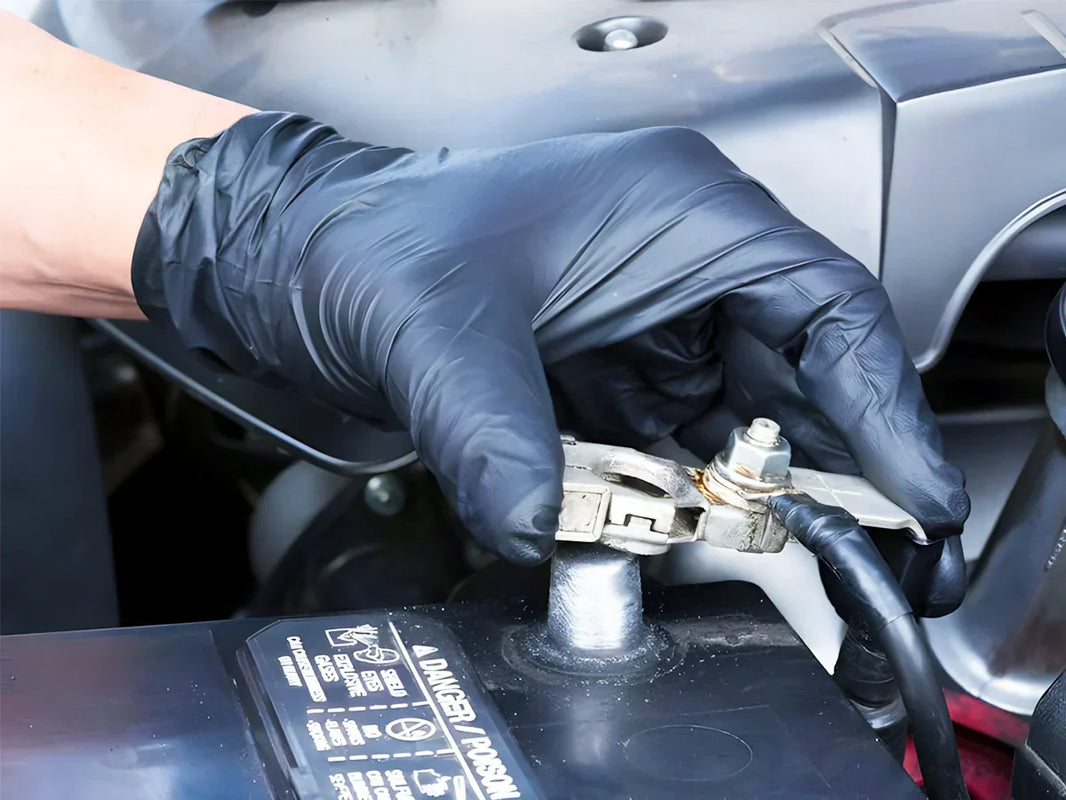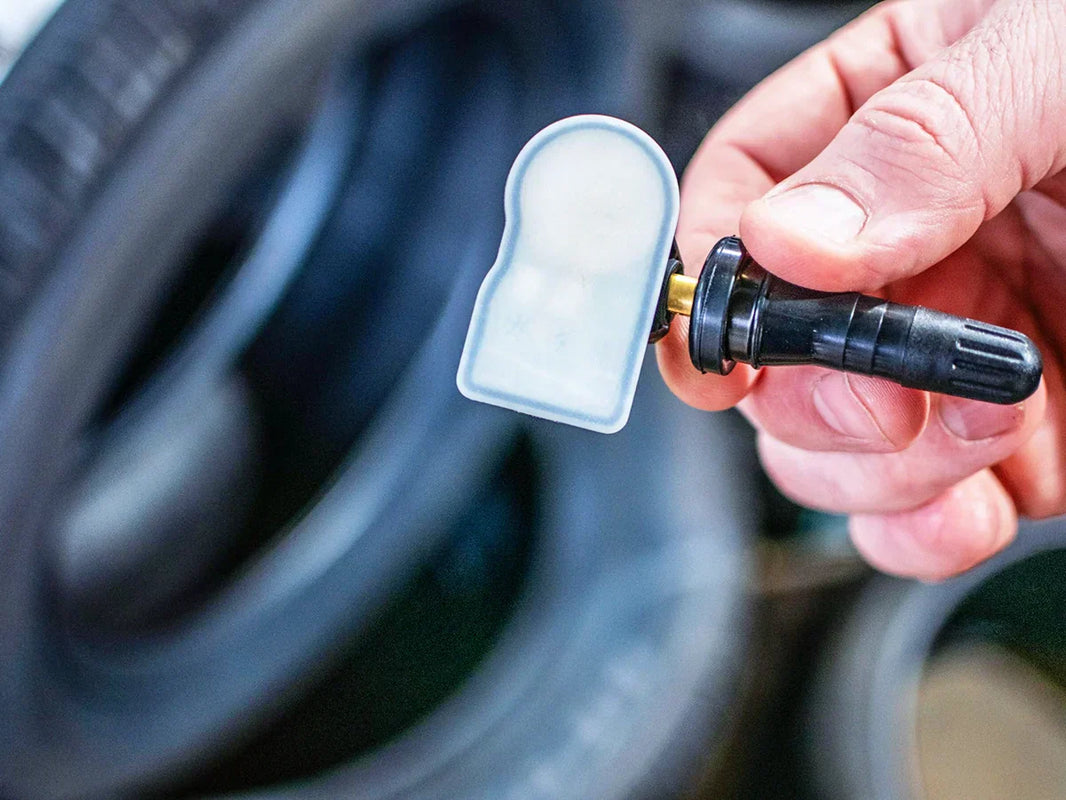
Main content:
Sodium ion batteries work similarly to lithium ion batteries, which are also a type of intercalated battery. It mainly relies on the movement of sodium ions between the cathode and the anode to work. Moreover, the sodium battery technology can be carry out through the familiar way of lithium.
1. Introduction of the sodium-ion battery
The energy density of the sodium ion battery cell (battery removal shell and protection circuit) can reach 160 Wh/kg. Charged at room temperature for 15 minutes, sodium ion batteries can exceed 80% of their total power.
With the development and attention of the market, sodium battery technology has been developed. Sodium-ion batteries also have a discharge retention rate of more than 90% in a low temperature environment of -20°C.

The system integration efficiency of sodium battery technology can exceed 80%, and their thermal stability exceeds safety requirements. The future has great development prospects.
2. Advantages of sodium-ion batteries
A sodium ion battery is a type of battery that relies on sodium ions to move between cathode and anode to complete the charging and discharging work. Additionally, it have many advantages:
- Sodium reserves are abundant.
- Sodium ion batteries are relatively inexpensive to manufacture.
- Sodium ion battery have a low content of precious metals, and sodium ion batteries do not contain cobalt or lithium.
- Compared to lithium-ion batteries with cathode current collectors of aluminum foil and copper foil anode current collectors, it has more cost advantages.
- Sodium battery technology are safer.
- Sodium ion batteries have superior high and low temperature performance.
- Sodium ion batteries have a high fast charging capacity.
Compared with lithium-ion batteries, it has the advantages of high safety, low temperature charging and discharging, and more environmentally friendly recycling.
The safety of charging and discharging at low temperatures is high, the internal short circuit is not easy to occur when charging sodium, and recycling is more environmentally friendly, which has broad application prospects in the fields of medium and low endurance EV and energy storage.

At present, the top 10 sodium-ion battery companies in the world have carried out industrialization-related layout of sodium ion battery. Among them, Europe attaches relatively high importance to the development of sodium ion batteries due to the lack of upstream resources for important lithium batteries such as lithium and cobalt.
The working principle and structure of sodium batteries technology are very similar to those of lithium ion batteries. Therefore, the key to the development of sodium battery technology is also to find suitable cathode and anode materials and electrolytes.
3. The development of sodium battery technology
① Sodium battery technology - anode
Currently, the scientific research community has developed four categories: metal oxides, organic materials, materials based on conversion and alloying reactions, and carbon-based materials.
Metal oxides with a stable inorganic skeleton structure often exhibit a long cycle life, but because they have a relatively high molecular weight, the specific capacity is generally low, which is difficult to meet the needs of commercialization.
The biggest feature of organic anode materials is low cost and diverse structure, but there are still many problems, including:
- Lower first lap column efficiency
- Polarization problems during cycling
- Low electron conductance
- Dissolution of organic molecules in electrolytes
In general, the development of organosodium ion batteries has great potential, but the current research on such materials is still in its infancy.
② Sodium battery technology - cathode
Due to the large radius difference between sodium and transition metal ions, there are many functional structures that can achieve reversible intercalation of sodium ions. The main cathode materials include: layered transition metal oxides, polyanionic compounds, prussian blue analogs (PBA), conversion reaction-based materials, and organic materials.

● Layered transition metal oxides
Layered transition metal oxide materials can achieve excellent electrochemical performance, and their transition metal elements often contain elements rich in the earth's crust, and the synthesis process is simple, which can meet the requirements of large-scale production.
● Polyanionic material
Polyanionic materials have high operating voltage (up to 4V for sodium) and stable structure. The disadvantage is that the ionic conductivity and electronic conductivity are lower, and the larger molecular mass also reduces the specific capacitance.
● Prussian blue analogue
Prussian blue analogs have an open skeleton structure and strong structural stability, with a large number of redox sites within the skeleton. Currently, these materials can achieve high energy densities and can be synthesized at lower temperatures.
However, this material needs to add a large amount of carbon due to poor conductivity, which reduces the volume specific capacity. In addition, due to the presence of cyanate, this material has potential toxicity.
Cathode materials based on transformation reactions have a high theoretical capacity, but this material also has a common problem based on transformation reactions and alloying reactions excessive volume changes. In addition, these materials also have a large overpotential and slower Na ion conduction velocity.
Overall, layered oxides exhibit the highest theoretical capacity among the three most promising materials. Polyanions have a lower theoretical specific capacity, but their experimental specific capacity is very close to the theoretical capacity.
And it allows sodium battery technology to develope.The theoretical specific capacity of different PBAs varies greatly, and due to the presence of unexpected sodium storage sites, they sometimes exhibit higher capacity than the theoretical capacity.
③ Sodium battery technology - electrolyte
At present, the electrolyte of sodium-ion batteries developed is as rich as lithium-ion batteries, including three categories: water, organic and solid.

Similarly, the layout of sodium ion technology can be made according to the top 10 lithium battery companies in the world guidance.
The water electrolyte has a low cost, high safety and environmental friendliness, but due to the limitation of the water decomposition voltage, its working window is too narrow, and the adaptation of the electrode must be considered.
● Nonaqueous liquid electrolyte
Nonaqueous liquid electrolytes remain the most developed system. At present, the most common solvents are EC: PC, EC: DEC, and some electrolytes use PC as a single solvent.
NaClO4 is currently the most used sodium salt, it has good electrochemical behavior, low cost, but the disadvantage is the risk of explosion. FEC is the most commonly used additive and facilitates the formation of a thin and stable SEI at anodes.
● Ionic liquid electrolyte
Ionic liquid electrolytes typically perform best at 60-80°C. At room temperature, its ionic conductivity is too low and its viscosity is too high. For this electrolyte, the concentration of sodium salt is a key factor. Higher sodium concentration has better stability and can withstand higher currents, but the corresponding cost will also rise.
● Solid polymer electrolyte
Solid polymer electrolytes contain sodium salts and elastic polymer matrices with good versatility, flexibility, and thermodynamic stability, but poor ionic conductivity at room temperature. Polyethylene oxide (PEO) is the most common polymer that dissolves many sodium salts.
The composite solid polymer electrolyte is composed of inorganic fillers (SiO2, Al2O3, TiO2…) and solid polymer electrolyte composition, due to reduced crystallinity and glass transition temperature (Tg) and interaction of inorganic filler surface groups with polymer chains and salts, resulting in improved ionic conductivity.
● Inorganic solid electrolyte
Inorganic solid electrolytes include ceramic systems that are therefore relatively hard, such as oxides, phosphates, sulfites, or hydrides. Inorganic solid electrolytes are generally only suitable for use at high or medium temperatures, such as in Na-S batteries.
● Quasi-solid electrolyte
Quasi-solid electrolytes refer to the use of liquid components such as plasticized polymer electrolytes (PPE) and gel polymer electrolytes, of which the liquid plasticizer content is about 50%.
4. Commercialization of sodium battery technology
● Anode materials
The anode materials currently used in commercial sodium ion batteries are all hard carbon. All three major classes of cathode materials already have examples of commercial production.

Many companies have developed layered oxide cathode materials with higher specific capacity, and the total battery composed of it can even exceed the lifepo4 batteries in lithium ion batteries.
● Performance analysis
In terms of performance, further improvements in electrolytes, adhesives, current collectors and other battery components will also lead to further development of sodium battery technology, given that they are still in the early stages of commercialization and that most research efforts have focused on electrode active materials.
In the future, sodium-air or sodium-oxygen (Na–O2) and room-temperature sodium-sulfur (Na–S) batteries are promising high-energy-density storage technologies that can meet the requirements of static energy storage.
● Battery cost analysis
The BOM cost of sodium ion batteries is about 0.25 RMB/Wh, while the BOM cost of lithium iron phosphate has exceeded 0.35 RMB/Wh, and theoretically the material cost of sodium ion battery is more than 30% lower than that of lithium iron phosphate batteries.
However, at this stage, the sodium ion battery system has low production efficiency and poor product consistency due to immature preparation technology and production equipment. The production cost is significantly higher than that of lithium-ion batteries, which to some extent offsets the material cost advantage.
With the gradual improvement of the industrial chain, as well as the improvement of process technology and production equipment, the cost advantage of sodium batteriey technology will gradually become prominent.
5. Conclusion
In summary, sodium battery technology has obvious cost advantages, and after large-scale industrialization, it is comparable to lithium iron phosphate in terms of cycle life and safety.
It is not weaker than various types of lithium-ion batteries in terms of rate performance and high and low temperature performance. Therefore, it is more suitable for energy density requirements that are not high, but it is more sensitive to cost.
Related articles: lithium vs sodium battery, battery capacity, top 10 sodium battery electrolyte suppliers




